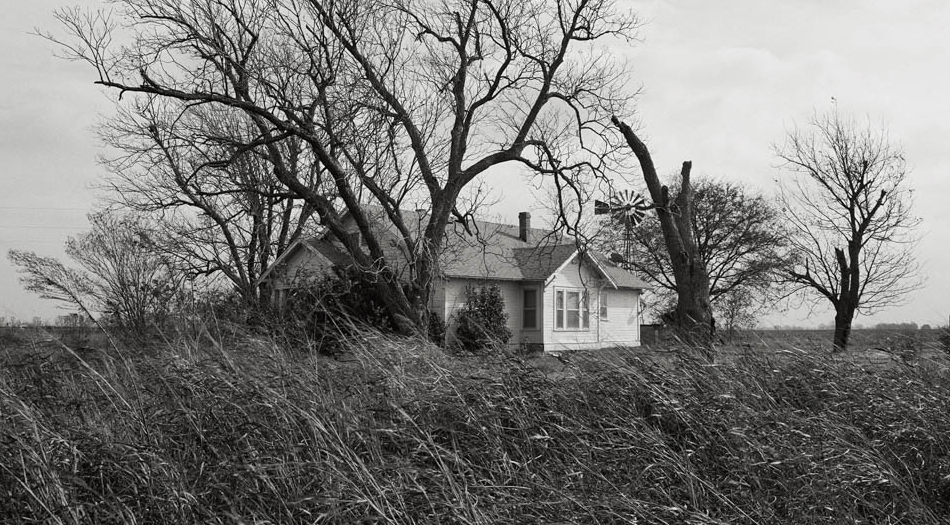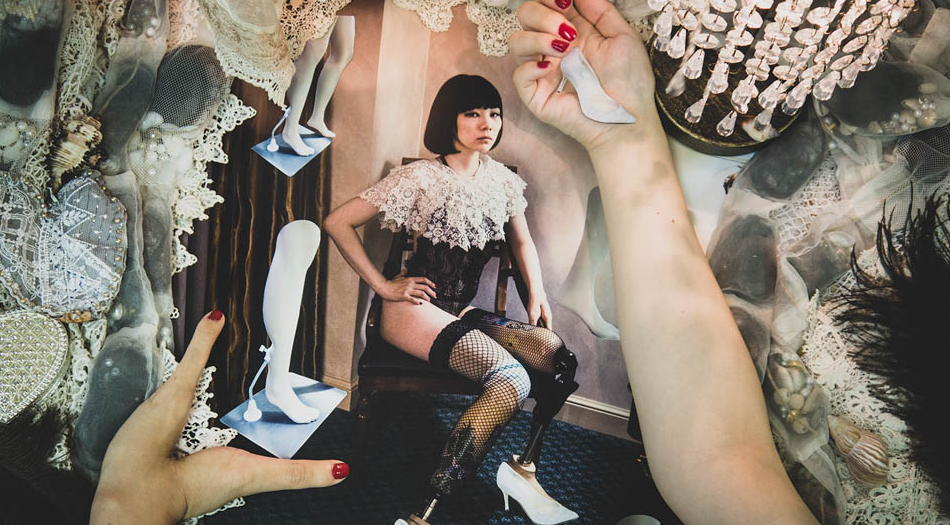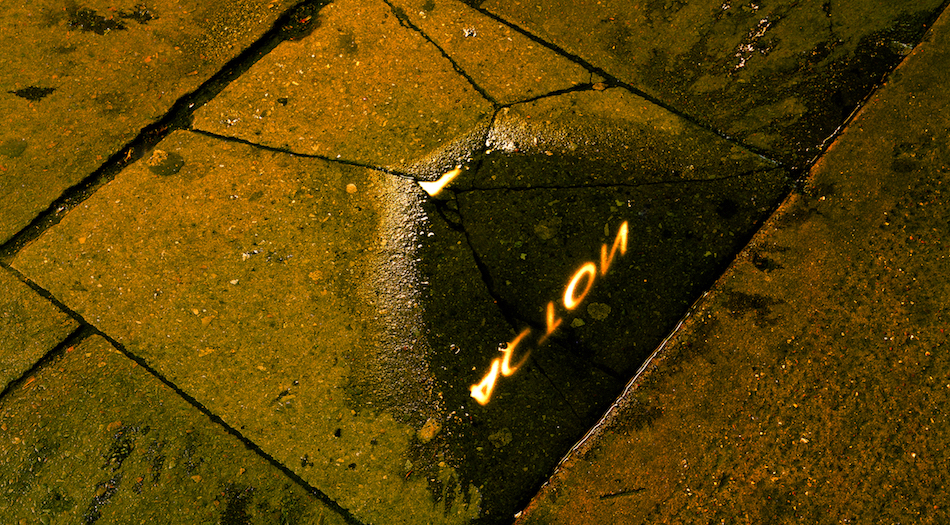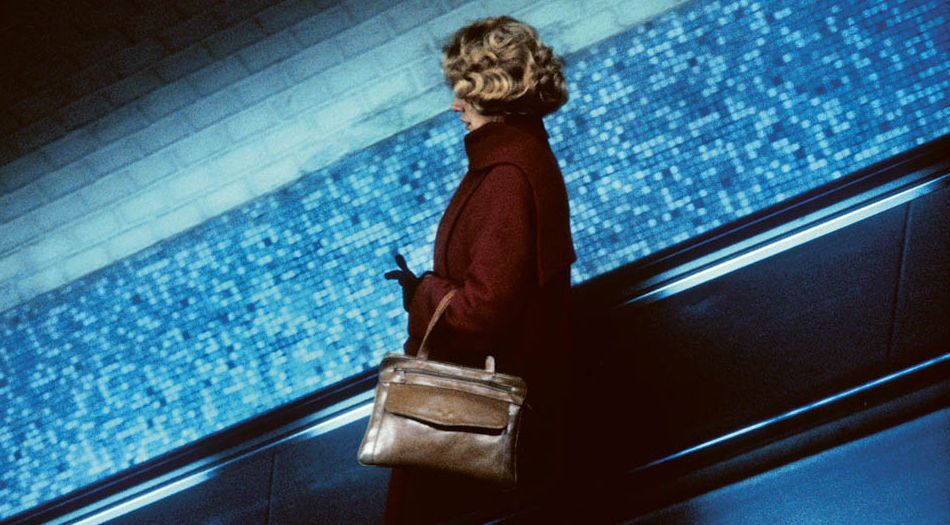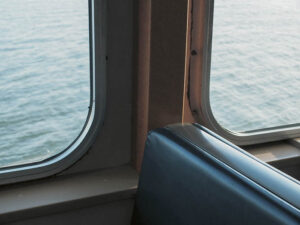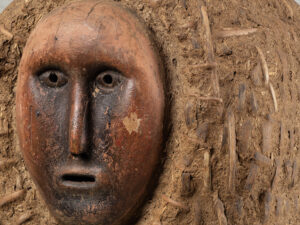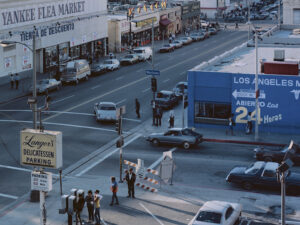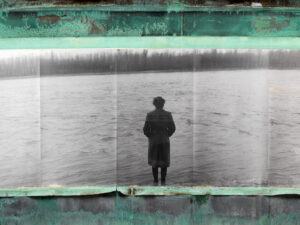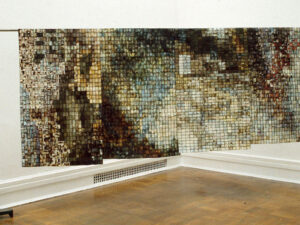Issue 42 - Contents
After the End of History
British Working Class Photography 1989–2024
Debuting its tour at the Herbert Art Gallery & Museum in Coventry, After the End of History: British Working Class Photography 1989–2024, has been curated by Johny Pitts, with the exhibition’s title wittily alluding to Francis Fukuyama’s famed essay, The End of History, citing an unfulfilled anticipation of global stability. As Lillian Wilkie examines, Pitts navigates the sociocultural turn of neoliberalism and creates a space for multiple, even conflicting truths of working-class life, challenging the dominance of singular historical narratives and entrenched social hierarchies.
Rahim Fortune
Hardtack
In his new book, Hardtack, Rahim Fortune compiles nearly a decade of work, blending documentary with personal history within the context of post-emancipation America. Through coming-of-age portraits that traverse survivalism and land migration, Fortune illustrates African American and Chickasaw Nation communities. As Taous R. Dahmani observes, the iconography of the American South is drawn between Fortune’s Hardtack and Beyoncé’s Cowboy Carter, released only a few days after — both of which raise questions that serve to redefine ‘Americana’.
Craig Atkinson
Café Royal Books
Currently exhibited at The Photographers’ Gallery in London, Craig Atkinson’s Café Royal Books presents an eclectic collection of social relics where regional pasts intermingle, and previously unseen or half-remembered social histories are vividly recalled. With a sense of relative authenticity, the exhibition invites viewers to delve through a collection of three hundred books that capture past lives through the lens of another. David Moore reflects on the display and the project’s position among the ongoing reassessment of documentary photography.
Acts of Resistance
Photography, Feminism and the Art of Protest
A collaborative exhibition by the South London Gallery and V&A Parasol Foundation for Women in Photography confronts the systemic brutalisation and circumscription of women’s bodies worldwide — from persecution in Bangladesh, oppression in India to solidarity with Palestinian freedom. As Max Houghton writes, this is not a show for performative activists; it’s really doing the work — the exhibition fosters a reparative gaze, challenging historical narratives of control and subjugation, and calling for greater community involvement and institutional accountability.
Rut Blees Luxemburg
The Essence of Architecture
Rut Blees Luxemburg’s exhibition at Hamburg Werkstatt Fotografie, Germany, brings together large-scale photographic work concerning the representation of the city and the phenomenon of the urban. Here the artist discusses the selection and configuration of images in the exhibition, foregrounding liquid elements in the photographs that refer less to bodily failure and human fallibility than that which is unruly and essentially turbulent, thereby threatening the established dry and dusty order of power and control, she explains to Michael Grieve.
Exteriors – Annie Ernaux and Photography
Lou Stoppard (ed.)
Curator and writer Lou Stoppard adds visual repertoire to Annie Ernaux’s iconic Exteriors, originally published in 1993, through a new publication and exhibition titled Exteriors: Annie Ernaux and Photography — co-published by MACK and MEP, Paris. Recognising Ernaux's iconic literary style – unapologetic, brave, and tender, inherently political and dedicated to amplifying marginalised voices – Stoppard sifted through 24,000 photographs, resulting in a photo-book that captures the rituals of everyday life, in a way not so mundane, as Peter Watkins writes.
Books
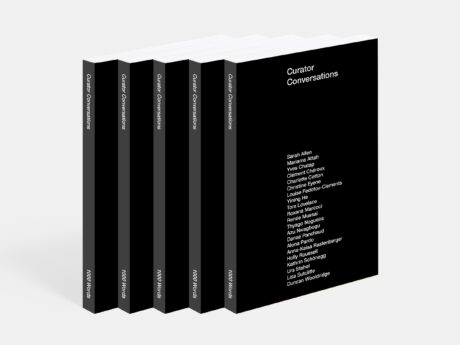
1000 Words
Curator Conversations
(Second edition)
Features
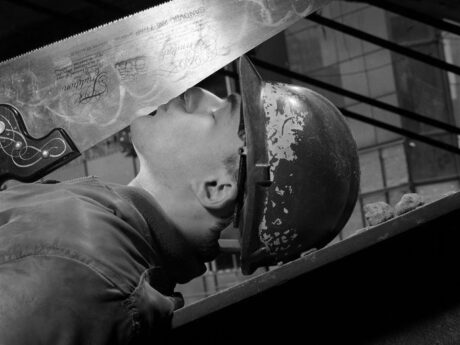
A tribute to Brian Griffin (1948-2024)
Previous Issue
About
1000 Words is a leading online contemporary photography magazine. It commissions and publishes exhibition and photo book reviews, essays and interviews in response to the visual culture of our present moment. Founded by Tim Clark in 2008, the editorial commitment has always been to explore the possibilities for the medium whilst stimulating debate around current modes of practice, curation, discourses and theory internationally.


